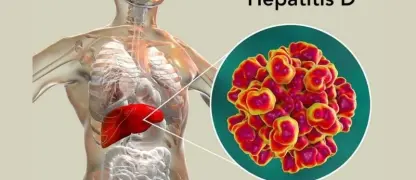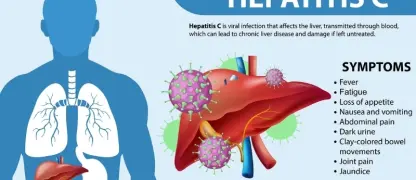Human T-lymphotropic Virus (HTLV) Infection affects the immune system and can lead to serious health complications if untreated. Early detection and proper care are crucial for managing it.
What are the main causes of Human T-lymphotropic Virus (HTLV) Infection?
- Human T-lymphotropic Virus (HTLV) infection primarily spreads through prolonged blood-to-blood contact, including transfusions or sharing contaminated needles.
- The virus can also transmit from mother to child during breastfeeding, exposing infants to potential lifelong infection.
- Sexual contact with an infected partner is another common route for HTLV transmission, highlighting the need for safe practices.
Key symptoms of Human T-lymphotropic Virus (HTLV) Infection to watch for
- Many individuals remain asymptomatic for years, but some may experience chronic fatigue and general weakness affecting daily activities.
- Neurological complications, including numbness, tingling, or muscle weakness, can develop in advanced cases of HTLV infection.
- Skin conditions such as persistent rashes or lesions may appear in some infected individuals, signaling immune system involvement.
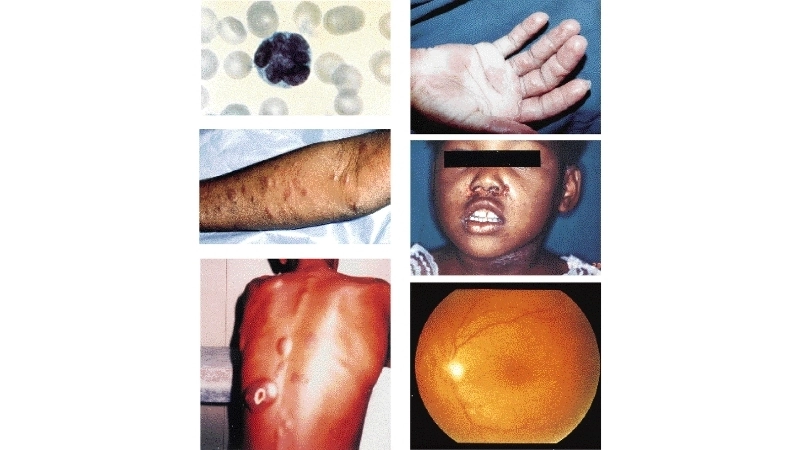
>>>Refer to more: Understanding hepatitis D causes symptoms and treatment
How can you prevent Human T-lymphotropic Virus (HTLV) Infection effectively?
- Avoid sharing needles, razors, or other items that may have blood traces to minimize the risk of HTLV transmission.
- Use barrier protection during sexual activity and ensure partners are tested to reduce the chance of contracting the virus.
- Screen blood products carefully before transfusion and follow medical guidance to prevent potential exposure to HTLV.
>>>Refer to more: Understanding Hepatitis C symptoms causes and risks
Image description of Human T-lymphotropic Virus (HTLV) Infection
A microscopic image of HTLV shows the virus attacking white blood cells, emphasizing its effect on the immune system and potential long-term health complications.

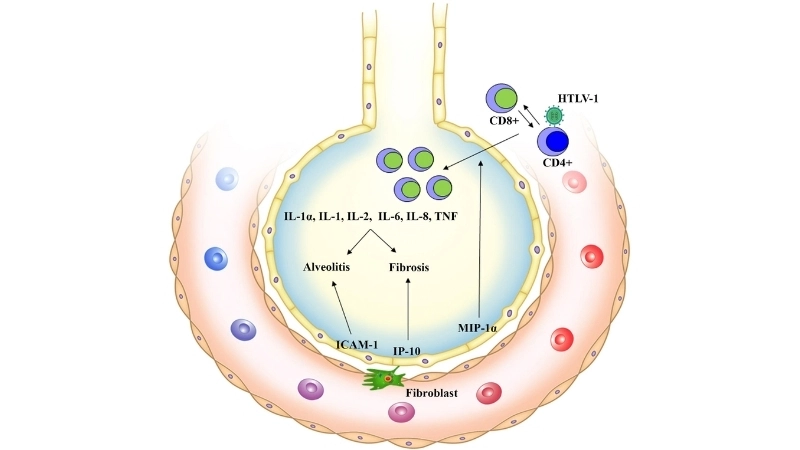
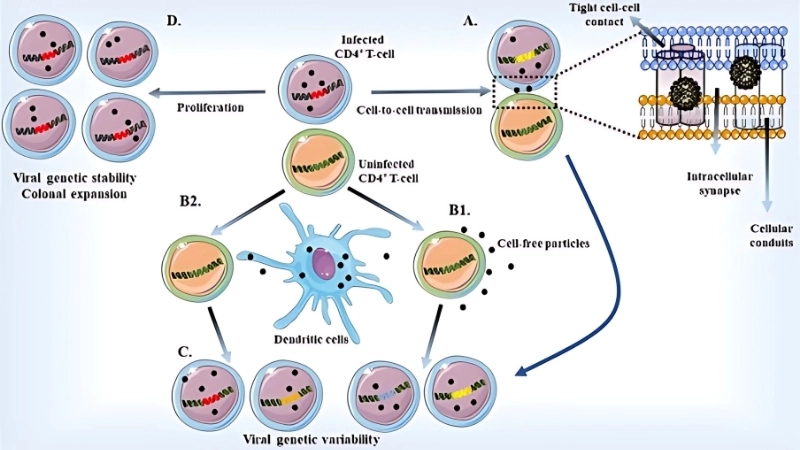


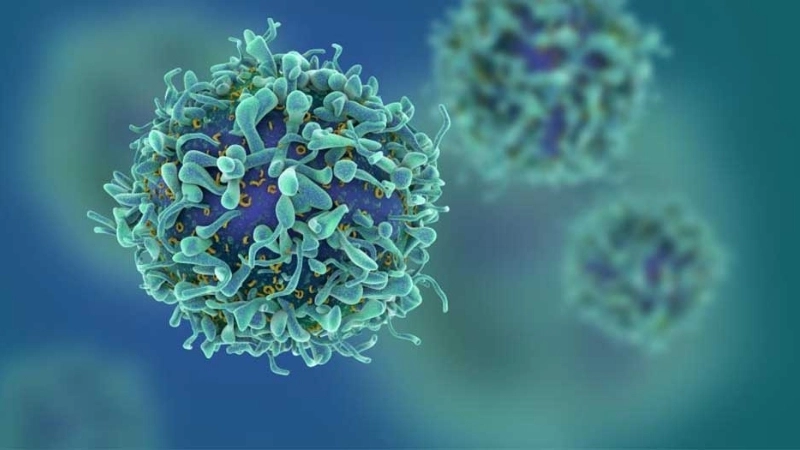


>>>Refer to more: Understanding Hepatitis B symptoms and early warning signs
Understanding Human T-lymphotropic Virus (HTLV) Infection helps reduce risks and improve health outcomes. Stay informed, follow prevention tips, and consult medical professionals when needed.


